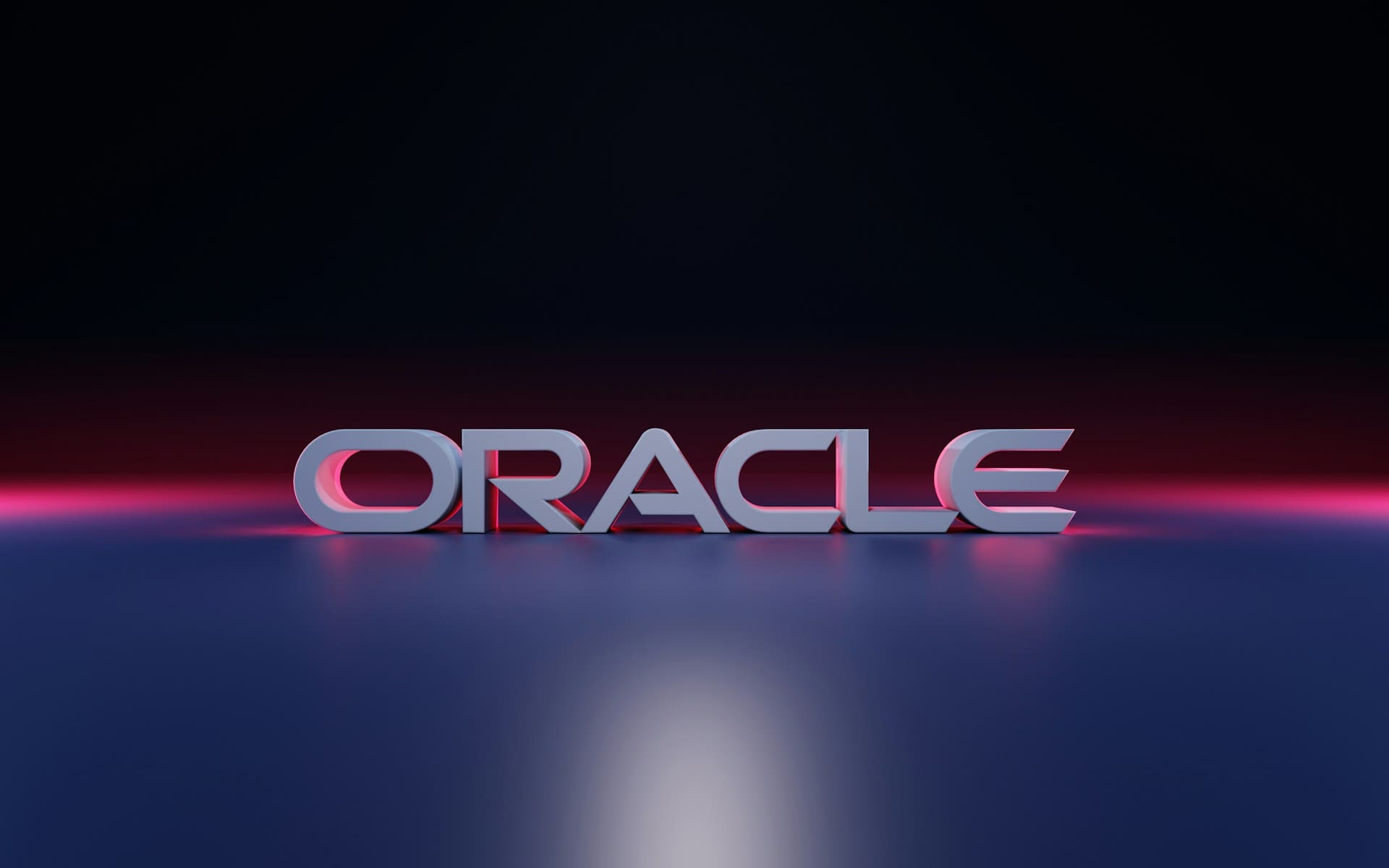Oracle showcased at AI World its biggest leap in AI infrastructure and a significant shift in multicloud consumption:
- OCI Zettascale10: a supercluster providing up to 16 zettaFLOPS of peak performance in multi-gigawatt clusters that scale up to 800,000 NVIDIA GPUs per deployment, interconnected across multiple data centers.
- Oracle Acceleron RoCE: a new Ethernet networking fabric with RDMA that flattens topology, reduces GPU-to-GPU latency, adds resilience through isolated planes, and applies with zero-trust policies (ZPR) directly on the NIC.
- Oracle Multicloud Universal Credits: a single consumption and licensing model for Oracle Database and OCI services that can be used interchangeably on Oracle Database@AWS, @Azure, @Google Cloud, and in OCI, with consistent contracts and governance across clouds. Oracle already has 37 active multicloud regions with AWS, Azure, and Google Cloud.
“With Zettascale10, we combine Oracle Acceleron RoCE’s networking architecture with next-generation AI infrastructure to deliver multi-gigawatt capacity on an unprecedented scale,” said Mahesh Thiagarajan, EVP of OCI.
Zettascale10: more than just zettaFLOPS
- Distributed architecture: the supercluster is spread across several dense data centers, interconnected via high-capacity fiber. The initial deployment is in Abilene, Texas.
- Objective: train and infer extremely large AI models with uniform GPU-to-GPU latency and predictable performance.
Acceleron RoCE: “wide and shallow” Ethernet RDMA
- NICs with integrated switch (4 ports): each GPU NIC acts as a mini-switch, connecting to multiple physical and logical network planes that are isolated.
- Fewer hops, less queuing: a flatter topology leads to lower and more consistent latency between GPUs; reduces bottlenecks and checkpoint restarts.
- Operational resilience: if a plane experiences congestion or maintenance, traffic diverts without halting jobs.
- Line-rate security: end-to-end encryption and Zero-Trust Packet Routing are implemented on the NIC, preventing, for example, internet access to object storage to avoid exfiltration.
- Efficiency: potential to double network capacity, multiply IOPS for storage, and reduce costs by maintaining fewer network layers.
Universal Multicloud Licenses: one contract, multiple clouds
The new Oracle Multicloud Universal Credits allows purchasing Oracle Database and OCI services with reusable credits across:
- Oracle Database@AWS
- Oracle Database@Azure
- Oracle Database@Google Cloud
- OCI (native)
Benefits:
- Unified contract and governance for hybrid/multicloud deployments.
- Consistent consumption model across clouds, reducing commercial friction and enabling true choice of location.
- Supports the 37 active multicloud regions already operational.
“With Multicloud Universal Credits, we introduce the industry’s first cross-cloud consumption model, simplifying contracts and offering unmatched flexibility,” said Karan Batta, SVP of OCI.
Why it matters (for AI teams and cloud architecture)
- Training scale: up to 800,000 GPUs per cluster, with low-latency RDMA and flat topology—fewer stragglers, more STP (direct processing without intervention).
- Predictability: more uniform GPU-to-GPU latencies, fewer network failure reboots, and plane-based maintenance without stopping jobs.
- Security integrated: ZPR on NIC and line encryption reduce attack surface and exfiltration risks.
- Multicloud by default: portable licenses for database and OCI services across AWS/Azure/GCP/OCI, with single governance.
Key technical details (at a glance)
- Performance: up to 16 zettaFLOPS per Zettascale10 supercluster.
- Interconnection: InfiniBand and Acceleron RoCE (RDMA over Ethernet) with isolated planes and line-rate encryption.
- Operation: plane-based maintenance, fewer network layers, zero-trust policies on host/NIC.
- Availability: Zettascale10 is offered as a supercluster with up to 800,000 GPUs; the first site is in Abilene, TX.
Quick questions
Does Zettascale10 require specialized hardware?
Oracle combines InfiniBand for traditional HPC and Acceleron RoCE (Ethernet RDMA with specific NICs/switching) to scale AI with very low latency, not relying solely on IB.
What advantages do I get over a traditional GPU cluster?
Fewer network jumps, more stable latency, resilience via planes, encryption and ZT on NICs, and rapid deployment of large-scale clusters.
How does the licensing model change?
With Universal Credits, you buy once and consume Oracle Database/OCI services where you prefer (AWS/Azure/GCP/OCI) with consistent governance and contracts.
What workloads is it designed for?
Training/inference of large foundational models, multimodal, MoE, RAG at scale, and HPC demanding RDMA and extremely low-latency homogeneous networks.
In summary: Oracle transforms OCI into a zettascale AI platform with its own RDMA fabric (Acceleron RoCE) and simplifies multicloud consumption with universal licenses. For organizations aiming to move from POCs to industrialized AI across multiple clouds, the combined performance, built-in security, and contractual flexibility distinguish it.
via: oracle

